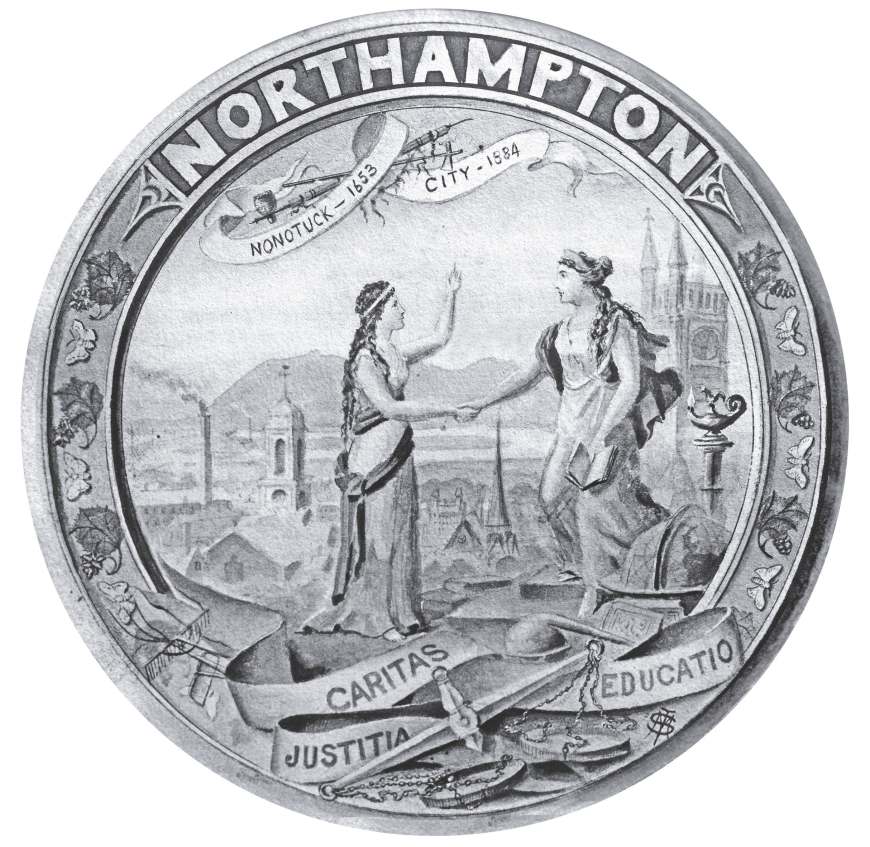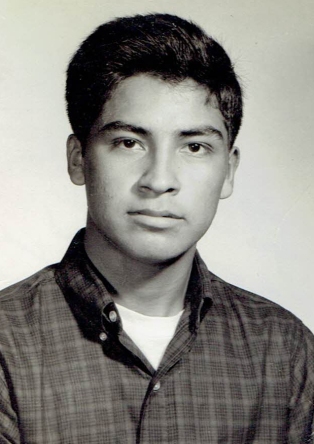This June, as the 50th anniversary of the Stonewall riots are celebrated, notice all the photographs, a few movies, and the many news clippings displayed in remembrance of that time. Someone saved them all so they could be seen today. Here is a combo note on blog housecleaning and a public service announcement.
I can see in WordPress statistics that visitors have been going to the 1980s page, probably expecting to find more than one story from that period. I created that decade page to hold the post about Northampton’s first lesbian and gay march. Posting that story is, to date, the sole jump forward in the narrative, aside from reflections on the Orlando Pulse nightclub massacre in 2016.
Part of the housekeeping as the blog posts accumulate is figuring out how to make them more accessible to readers. Yes, they can be read in the order they’ve been written, or entered from a subject search, but it should also be possible to read the posts in the order the history unfolded. Over the last few months I have organized the posts chronologically within decades to make this possible. If you go to the 1970s page (select the tab at top of blog), you can now find such a chronological list with links to the accumulated posts. The About and BC/PreStonewall pages are also now re-organized with new listings of the related posts to form tables of content.
The major drawback to doing this is the lack of posts to fill in the decades. I am involved right now with a detailed accounting of the 70s, the period in which I was most active personally, with a few interspersed flashbacks to an older past. This is slow work. I have written pieces only up to circa 1975-76 right now.
However, even if I haven’t gotten around to writing about or finding writing for the 80s, 90s, 00s, I have plenty of material gathered in preparation. All these decade pages could legitimately be considered “Under Construction.” As this is seriously a work-in-progress blog, I have created pages for some of later decades and posted my rough, working timelines as informative place-holding material. Check out the new tabs at the top of the blog. I hope that this will give readers a sense of the scope of activity centered in Northampton and encourage participation in sharing and helping preserve this history.
The following information will be pinned to the top of the new 1980s, 90s, 00s pages, with some variation:
[insert whatever timeline is appropriate]
UNDER CONSTRUCTION
This is one of my working timelines of LGBTQ+ organized activity centered in the Northampton area. I HOPE TO SHARE ALL THE STORIES REPRESENTED ON THIS TIMELINE SOMETIME IN THE FUTURE. It functions as a rough outline for organizing my work and has gone through multiple drafts. I last roughed out these four decades of timeline in 2004 from my research notes. Each timeline is also organized thematically. These can be laid side by side for continued content over the decades. They also fit within a larger Valley context (and timeline.) These timelines are not complete nor definitive. For example, I might have found mention once of a group meeting in some alternative Valley newspaper calendar, so noted them in that year but have no other evidence of their meeting before or after, or even if anyone showed up. I have a fantasy that someone(s) with Excel spreadsheet talent will transcribe it into a document, which, pie-in-the-sky, could become the basis for interactive content.

1970s working timeline of Northampton LGBTQ+ activity by Kaymarion Raymond
If you were part of this past activity please share that story. Show us a picture. Tell us here, throughout the blog in comments, or through the email contact tab above, or let me know where you can be contacted if I or a trained interviewer have questions.
Do you have letters, T-shirts, buttons, journals, flyers, photos, posters, newspaper clippings, meeting notes, recordings, or any other items that document this history? If the community you are currently part of uses electronic communication via some form of social media please make a record of that activity in some form; a written summary, copies of public posts, representative images or memes, event publicity. Paper endures without technology so printed material is a treasure.
Please document and share the story, as copies or as gifts to any of the many interested archives in the Valley or to this project. If there are items you can’t part with now, please make arrangements to have them given to an archive after your death. More information at end of this post.

1980s working timeline of Northampton LGBTQ+ activity by Kaymarion Raymond
If you are interested in this history as a student or researcher, please share here whatever you find: the stories regarding this place and activity, or the resources others can use to discover the stories; scans of documents, location of documents in archives, including periodical holdings, interview transcripts, articles or books. Links to your own published work related to this history are welcome.
As an independent scholar I have little access to the extensive literature now available through academic library database subscriptions, particularly scholarly accounts and interpretations of events that occurred here or elsewhere in the Valley. What are you finding that should be included in a queer Northampton bibliography? Where are these documents available?
Would you be interested in drafting a blog bibliography or source listing for researchers? More simply, as you read some of the posts, are you finding broken links or errors that escaped proofing? Let me know. Please add your comments on that post or email me through the blog contact.

1990s working timeline of Northampton LGBTQ+ activity by Kaymarion Raymond
Archival resources. The Valley is rich in repositories, though none of them are as rich in resources as they need to be to house and process all possible collections. They range from small local historical societies and private collections to large concentrations of documents with regional and even global content. They each have particular focus and try to avoid duplication.
There has been a gradual change in attitude so that many now welcome some part of the LGBTQAI odd-by-any-other name history, whether as that of a citizen of a town, an alum of a college, as feminist or lesbian, or a political activist in Western Massachusetts. Mechanisms have been developed to preserve some privacy if you choose to donate your papers, though archives can’t keep the FBI out.
I am happy to talk with anyone about the options available or passing on donated documents. “A Guide to Donating Your Papers” from the Valley Women’s History Collaborative is a good introduction, though the list of archival resources is incomplete. http://vwhc.org/donor_guide.pdf
Archives interested in preserving this history;
__The Archive Project. POB 302 Hadley, MA 01035. (413) 585-0369. Contact Phil Gauthier, archivist. gokey3@gmail.com. The Project doesn’t have a webpage. Hours by appointment only. Private collection of mostly Amherst-Northampton area gay records including local ACT UP and Queer Nation chapters, gay organizations and the Northampton Pride March. Includes some regional material as well.
__Sexual Minorities Archive in Holyoke.
https://sexualminoritiesarchives.wordpress.com/
__Lesbian Herstory Archives in Brooklyn.
http://www.lesbianherstoryarchives.org/
https://www.historicnorthampton.org/
__Special Collections and University Archives, Du Bois Library, UMass, Amherst. Western Massachusetts history to include LGBTQAI.
https://www.library.umass.edu/locations/scua/
__Sophia Smith Collection as well as the College Archives, Smith College, Northampton. Women’s history globally to include Valley feminists and lesbians.
https://www.smith.edu/libraries/special-collections
__Amherst, Hampshire and Mt. Holyoke Colleges all preserve college group and alumni records. Your local town library or historical society may also be interested.

2000s working timeline of Northampton LGBTQ+ activity by Kaymarion Raymond

 Massachusetts Daily Collegian, student paper UMass Amherst, Oct. 1971
Massachusetts Daily Collegian, student paper UMass Amherst, Oct. 1971











